Does Flex Duct Need Insulation?
Flex ducts, otherwise known as flexible ducting, can provide a massive benefit for anyone in need of ventilation systems in their home, but have little space. Despite their convenience, flexible ducting does require a certain level of care depending on its environment.
In this blog, we will answer the question ‘Does flex duct need insulation?’
With new buildings being made to be as energy efficient as possible, and the UK aiming for 95% of its electricity usage to be low carbon by 2030, it is imperative to understand how we can make the most of our ventilation. This is where MVHR units come in.
To prevent mould, fresh air should constantly be introduced into your dwelling daily, as it helps to regulate temperature and reduce condensation. Introducing fresh air can be as simple as having a ventilation routine, or installing extractors or MVHR units. Almost all of this is facilitated by ducting.
I-Sells is here to provide the answers you need whilst also supplying you with all the information you need to combat mould and have a well-ventilated home.
Flex ducts — The basics
Flex ducts, generally called flexible ducting, is a type of conduit that allows air to travel through it. Some people can refer to ducting, in general, as an air vent. Ducting is mainly available in two forms, hard and flexible ducting.
Hard ducting is a solid vent, it can not be moved after installation, other than if it is being disassembled. It is usually seen in homes with larger spaces, and within industrial grade ventilation.
Flexible ducting, as the name suggests, is a more manoeuvrable option for ducting. It is more suited for smaller spaces, and can typically be used in any kind of setting. Both of these options are made with either plastic or metal.
The purpose of ducting, whether it is hard or flexible, is to serve as a conduit for air, or gaseous chemicals, to travel through. When it comes to air, ducting provides a channel for extracted air to escape, or for fresh air to be delivered to.
Gaseous chemicals are generally found in industrial sites. They are often a by-product of chemical reactions during manufacturing, etc. The extraction of that gas is to maintain the safety of those on site, as well as not compromising any equipment.
What is the best way to install flex ducts?
Flex ducts are made to bend, they are specifically for more smaller spaces that can’t allow for the insulation of hard ducting. That being said, flex ducting should be as straight as possible upon installation. Try to limit the amount the ducting bends as much as possible.
This is simply because air travels more efficiently in a straight line, so if your flexible ducting is installed with multiple bends, it will compromise the efficiency of the airflow.
Does flex duct need insulation?
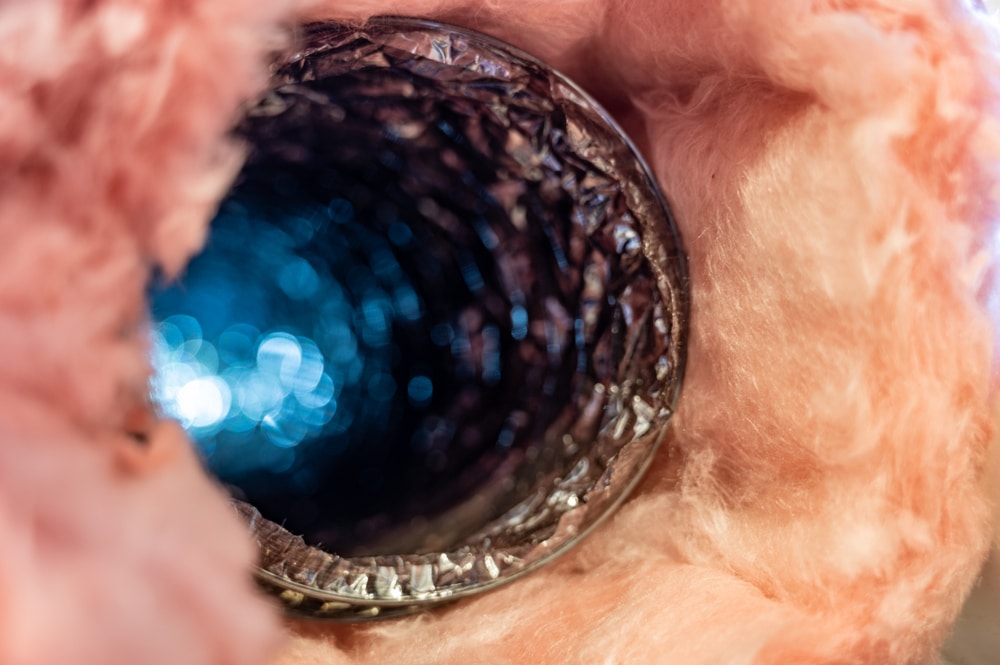
Insulation is not a requirement on every instance that flex ducting is used, however, it is highly recommended.
The purpose for insulating flex ducting is to maintain a steady, optimum temperature within the ducting. As a result, the ducting is protected against any instances of condensation. If condensation appears within your ducting, it could start a whole host of issues.
The main issue caused by condensation within ducting is mould forming. When mould forms within ducting, it can compromise the air being transported, as well as the rest of the ducting, in addition to the function of the machine conducting the ventilation.
Additionally, flex ducting is known to not have the same level of toughness as regular ducting. This is because the flexible nature of flex ducting means it has a higher likelihood of ripping.
Applying insulation essentially gives the flex ducting a protective layer that could prevent instances of ripping or damages to the ducting.
Should insulation be applied all along a flex duct?
Yes. Although it may seem like it makes sense to apply insulation along a specific area of the flex duct, such as in a room that is colder, it is better to apply the insulation across all the ducting. This ensures that the temperature of the air will remain consistent through its journey.
What to do if insulation is damaged?
If your ducting insulation is damaged, it is a good idea to replace it rather than repair it. This is due to the fact that the insulating properties are compromised once there is a hole in insulation, repair may not rectify this. Depending on the severity of the damage.
How to make flexible ducting last long
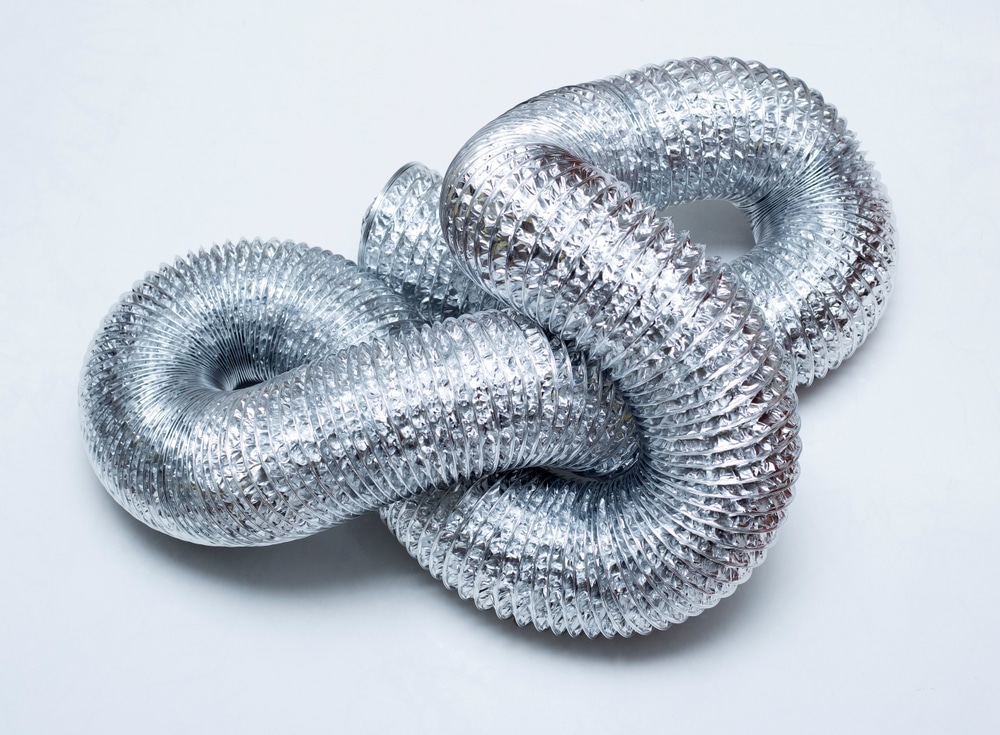
Making flexible ducting last long is simply down to the maintenance you conduct, and how regularly it is done. In addition to where you place the ducting for installation. Let’s begin there.
When it comes to installing your ducting, you should make sure that the space…
- Is free from mould.
- Is free from any leaks.
- Does not have any pest issues
- Has no hazards (or sharp edges) that could potentially cut the ducting.
- The space should be able to accommodate the flexible ducting enough. This means that it isn’t ‘stuffed’ into the area.
In regard to maintaining your flex ducting, you should…
- Insulate the ducting.
- Check the areas it runs along for any leaks, either coming from the ducting, or from the walls it is next to.
- Call a professional for a ducting inspection.
Is ducting needed?
Yes. Ducting falls into the building regulations’ requirement that deals with ventilation, known as ‘Part F’. Part F holds multiple stipulations regarding ventilation in homes, and where it is necessary. Any ventilation device requires ducting of some sort, whether it is short or long.
Obvious examples of ducting being present in your home are…
- A bathroom extractor fan
- A kitchen extractor fan
- A cooker hood
Without ducting, your ventilation systems would be obsolete, and as a result, humidity, smells, smoke, and steam will travel through your home uninterrupted unless you have windows open at all times. The condensation left by humidity will then eventually become mould.
Where to buy flexible ducting
I-Sells is a provider of ventilation solutions and everything that comes with it, including ducting. We supply flexible ducting and much more.
Whether it is flexible aluminium or PVC ducting you’re searching for, we have it. Some of our options can also vary in diameter in accordance with your needs. This includes 100 mm and 102 mm in diameter. This also applies to the lengths we have available.
Do I have to install flexible ducting myself?
Not at all, you can choose to do this if you want to. However, we would only recommend this if you have previous experience in doing this, as one mistake could cause a whole host of issues.
There are many HVAC technicians that offer a variety of services to help you with your ventilation, whether it be for a business or your own home. This can include ducting installation, depending on whom you visit.
Invest in flex ducting today
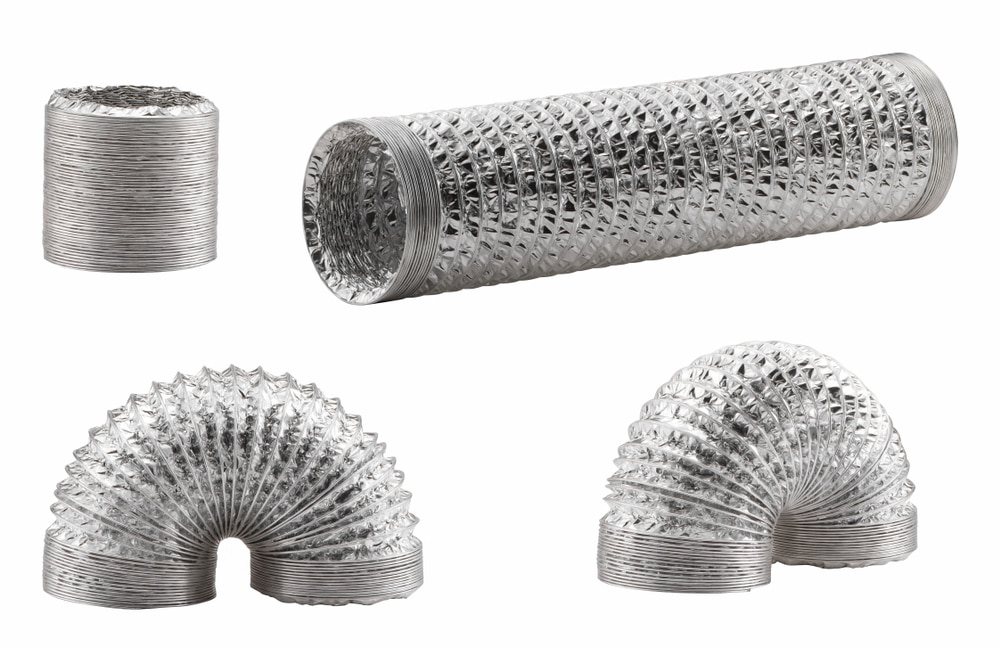
We at I-Sells endeavour to ensure our customers have all the information they require before investing in our mould solutions. Be sure to visit our blog page to learn about the vast array of factors and issues surrounding ventilation, mould, condensation, and much more.
We hope to have answered the question ‘Does flex duct need insulation?’
We understand you may have more questions, do not hesitate to contact us for more information about whatever you need our help with. If you’d like to send us an email, click here. For other contact options, see below:
Call us on 020 8463 9696
Visit us at our showroom:
*OPENING TIMES*
Monday – Friday: 8:00 am to 5:30 pm
Saturday: 9:00 am to 12:00 pm
Sunday: Closed
15 St John’s Parade
Sidcup, Kent
DA14 6ES
United Kingdom

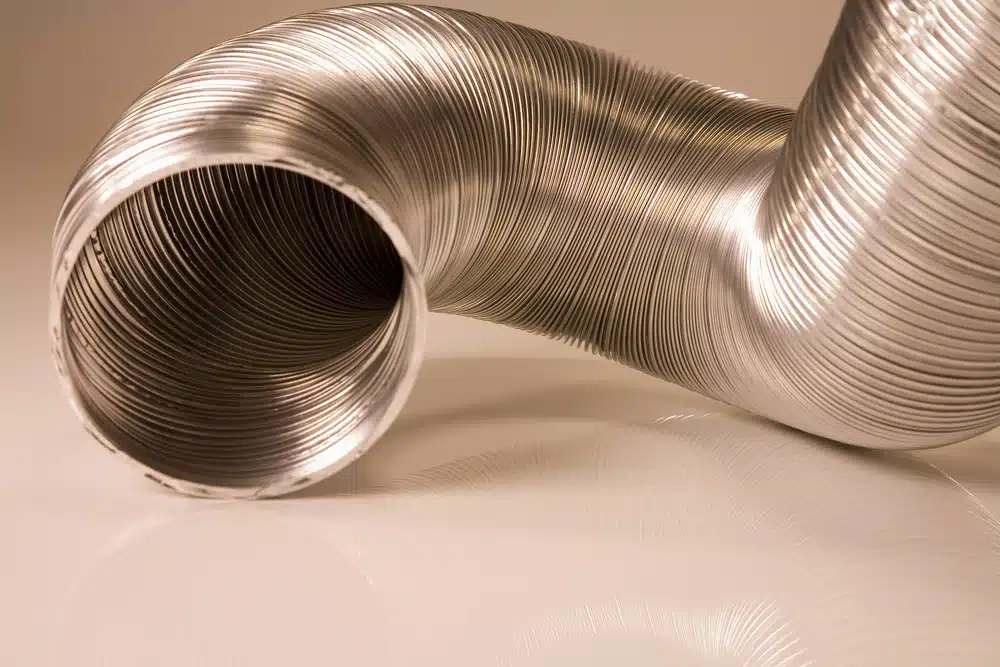


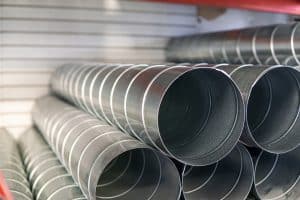
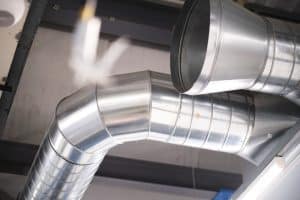

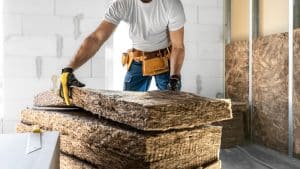
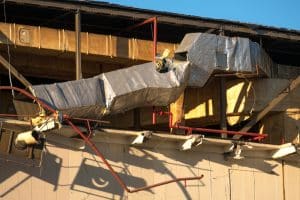




















Add comment
You must be logged in to post a comment.